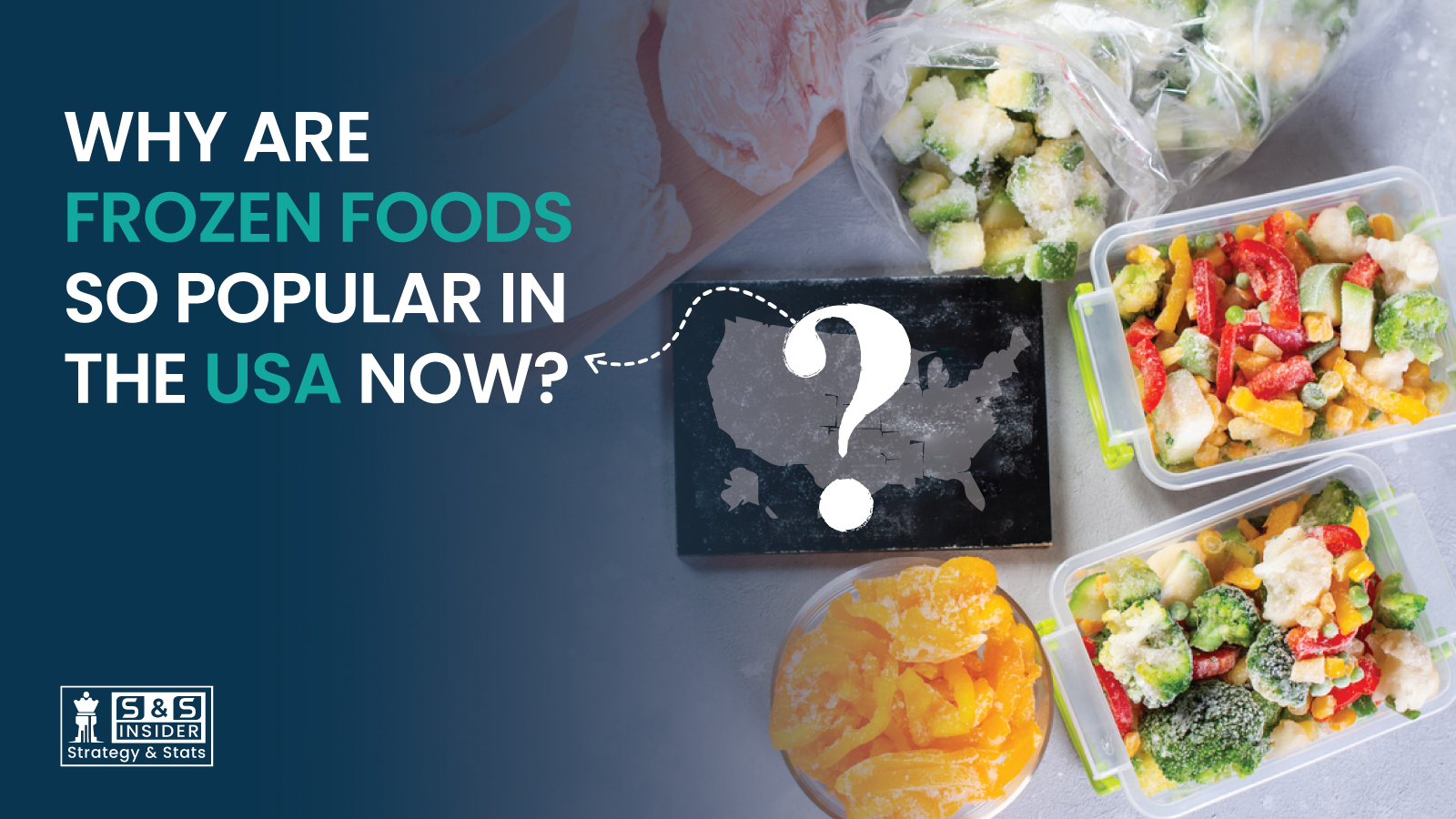
Frozen foods in the United States have been growing in popularity over the last couple of years, and this can be seen in most households. The rapid shift witnessed is a result of changing consumer behavior, improvements in frozen food materials, as well as the embrace of sustainability. Here’s why frozen foods have become the order of the day in the United States.
Changing consumer behaviors, such as the busy schedules and long working hours of many Americans, have been found to be one of the factors making frozen food a common product in most households. Those living in cities, filled with people who are employed and spend long hours on the job, along with other activities, have little time left for normal cooking. Frozen food is fast and simple to prepare, requires little time, and is still packed with a healthy meal.
Frozen meals have other advantages as well. Portion control is another important aspect of using frozen meals, which encourages variety in the diet and also saves cooking time. It’s easy for consumers to alternate meals as long as their freezer is loaded with assorted meals, eliminating the need to keep buying groceries. As a result, it’s now easier for busy individuals who want to improve their diets.
With the frozen food industry becoming increasingly popular, so does the market for frozen food packaging. For instance, the frozen food market accounted for USD 46.5 billion in 2023, with forecasts for it to exceed USD 72.28 billion by 2031, and a CAGR of 5.67% for the period of 2024-2031.
In other words, consumers can credit the packaging of such food products for their choices, particularly the aesthetics and the safety of the food over a given duration. As food quality has become a major concern, manufacturers have begun packaging their products in hypoallergenic bioplastics made from starch or cellulose. Oxygen-scavengers or spoilage-indicating sensors embedded in the packages are also helping to alleviate consumers' common fears about frozen food supplies.
Sustainability has become a major selling point for frozen foods. There has been a significant decrease in household food waste, with frozen foods being used instead of fresh options, which often spoil before they can be consumed. An article published in the British Food Journal revealed that families that adopted frozen foods reduced household food waste by 47%.
This extended shelf life helps consumers use only what is absolutely necessary and store the rest, leading to reduced costs and waste. With increasing awareness among households about the problem of food waste, frozen foods have become a rational solution. The packaging industry has met this challenge by using biodegradable and recyclable materials to meet the demand for more environmentally friendly products.
The views on frozen foods have undergone significant change. In the recent past, when these culinary products debuted, they were often disdained for their unwholesome compositions and poor taste, but this is no longer the case with newer food preservation technologies such as flash freezing. The majority of frozen and prepared meals available today are flash-frozen to minimize the loss of nutrients and flavors, making the finished meals rather good.
Health consciousness has contributed to the frozen diet market, as one can now find more varieties of frozen gluten-free, organic, and vegan meals. These options target health-conscious individuals looking for healthy food with minimal hassle.
Over the years, the frozen food section has expanded beyond merely offering frozen vegetables or TV dinners. In the modern age, consumers are likely to discover much more, including international dishes, gourmet meals, and even plant-based options. The consumption of frozen vegetables, fruits, meat, seafood, and ready-to-eat meals provides convenience as well as satisfaction, without much impact on health and nutrition.
The rising availability of frozen vegetarian foods has also contributed to the growth of this market, attracting vegetarian, vegan, and flexitarian consumers. This variety of choices allows consumers to explore new meals without the expense and time required to visit a restaurant.
These circumstances and trends make frozen foods a preferred choice among American consumers, as they are easy to prepare, have a long shelf life, and align with the growing focus on sustainable resource use. Furthermore, in the coming years, as the frozen food packaging industry evolves and strives to reduce the environmental impact of packaging, frozen foods will continue to be a common item in American households.
Due to better quality, healthier options, and a commitment to minimizing food waste, the frozen food market is ready to meet the needs of health-conscious, busy individuals who seek effortless meal solutions. Connect with us now and get the complete report.